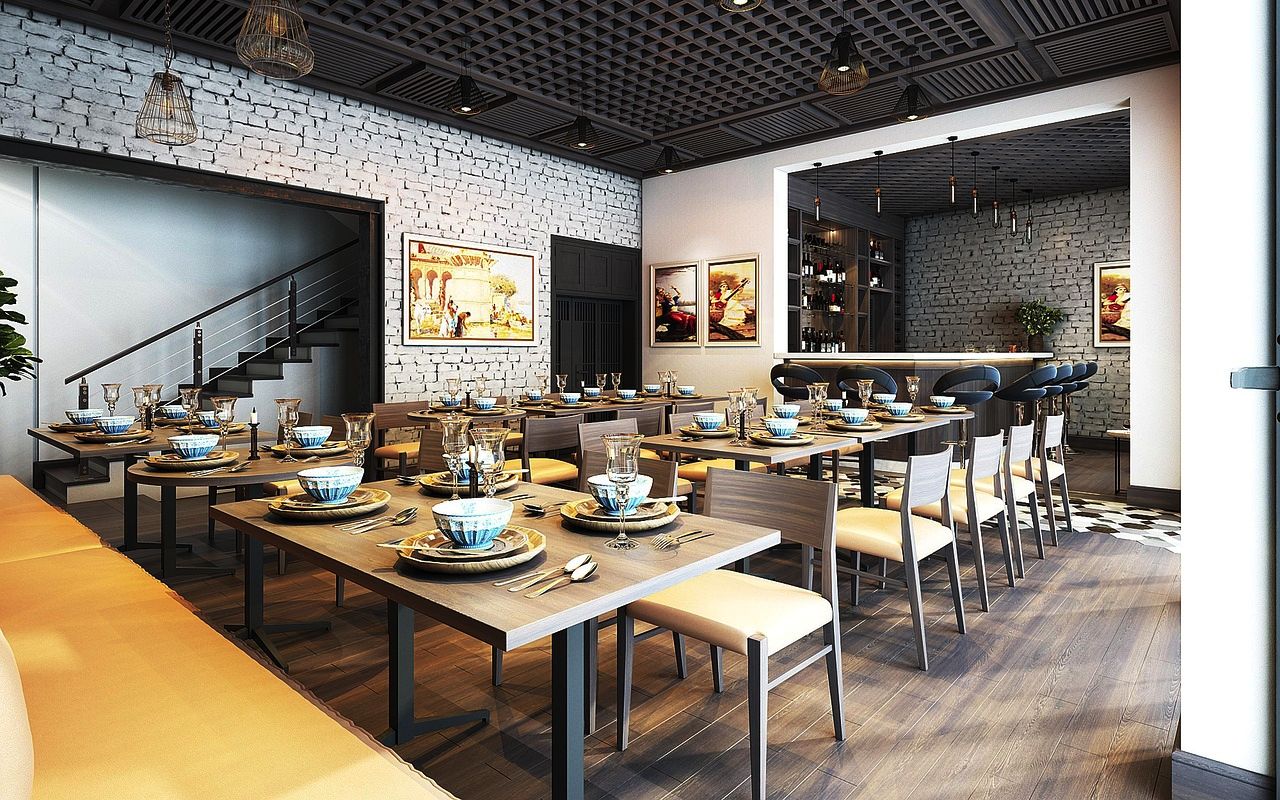
Technology continues to reshape how restaurants operate, but now it is influencing something even more fundamental: the furniture itself. Tables and chairs that were once static pieces of décor are becoming dynamic tools for improving service, optimizing layouts, and personalizing the dining experience. With geolocation technology at the center of this evolution, restaurant seating is stepping into a new era of intelligence and responsiveness.
Location-aware commercial-grade restaurant furniture integrates technology that tracks how guests move, where they sit, and how long they stay. This information helps restaurants understand behavior, enhance service efficiency, and design spaces that adapt in real time. For customers, the result is subtle but significant: more comfort, better flow, and experiences that feel uniquely tailored.
Smart Seating for Smarter Service
In traditional dining settings, servers rely on observation and timing. With location-aware systems, restaurants can now track seat occupancy through sensors embedded in furniture or linked to a digital floor map. This gives staff instant awareness of which tables are open, how long guests have been seated, and when service is needed.
For busy establishments, this technology reduces wait times and eliminates confusion during peak hours. Managers can identify bottlenecks, predict turnover, and even adjust staffing levels dynamically. It is a quiet transformation that turns everyday seating into a network of efficiency and insight.
Smart seating can also connect directly to ordering systems. When a guest is seated, digital menus or touch-enabled surfaces can activate automatically. This creates a seamless flow between hospitality and technology, maintaining personal service while improving speed and accuracy.
Personalized Dining Through Data
Geolocation is not only about logistics; it is about personalization. By analyzing where guests prefer to sit, near windows, in quiet corners, or close to the bar, restaurants can begin to understand customer habits and adjust accordingly. Over time, this information builds a profile that helps businesses tailor seating arrangements and ambiance to suit their clientele.
For example, returning customers could automatically be guided to their favorite section or receive lighting and music adjustments that match their previous preferences. This level of subtle personalization makes guests feel recognized and valued, strengthening loyalty while creating a sense of comfort that feels almost intuitive.
Beyond customer experience, these insights also influence design decisions. Restaurants can identify underused areas or high traffic spots and reconfigure layouts to balance flow and efficiency. Data from location-aware seating becomes a map of how people truly interact with a space.
The Technology Behind the Design
The integration of geolocation technology into furniture involves a combination of sensors, wireless communication, and software platforms. Chairs or tables equipped with discreet sensors can detect presence, movement, and duration. These connect to a central system that translates physical activity into usable insights.
For designers, the challenge lies in keeping this technology invisible. Guests should never feel that their experience is being monitored or interrupted. Instead, the design must feel natural, with all the intelligence built quietly beneath the surface.
Advances in materials and manufacturing now make it possible to embed these systems seamlessly. Wireless power modules and flexible circuitry can be integrated into furniture without altering its appearance or comfort. This allows even traditional wood or metal pieces to function as part of a smart ecosystem.
Balancing Innovation and Human Touch
The success of any technological innovation depends on balance. Restaurants that adopt geolocation tools must ensure that technology enhances service, not replaces it. Guests visit restaurants for connection and comfort, not to interact with machines.
The best applications of smart seating use technology as a silent assistant. It supports staff, improves efficiency, and ensures smoother dining experiences without taking away the warmth that defines hospitality. The human element remains the heart of dining; technology simply gives it more precision and awareness.
Designers are also reimagining how technology can express emotion rather than replace it. Lighting adjustments that respond to movement, or temperature controls that adapt to occupancy, can make guests feel cared for in subtle ways. These touches make technology feel human-centered instead of mechanical.
The Evolving Relationship Between Space and Intelligence
Location-aware seating is more than a convenience; it is a reflection of how spaces themselves are learning to respond. Restaurants are becoming interactive environments where every chair, table, and pathway contributes to understanding how people gather and connect.
As this technology matures, the possibilities will expand. Tables may soon track preferences for music or lighting, or help reduce energy use by signaling when areas are unoccupied. Furniture could become part of a living system that balances comfort, efficiency, and sustainability.
Bottom Line
The future of restaurant design lies in this harmony between human presence and digital awareness. Furniture is no longer passive; it listens, adapts, and participates in the dining experience.
When technology quietly supports the warmth of hospitality, the result is not just smarter dining, but more meaningful interaction. The spaces we sit in begin to understand us, and in turn, we feel more connected to them. As furniture becomes intelligent, it invites us to rethink what comfort means, less about the physical seat, and more about how the entire environment responds to us.
Featured Image by Pixabay.
Share this post
Leave a comment
All comments are moderated. Spammy and bot submitted comments are deleted. Please submit the comments that are helpful to others, and we'll approve your comments. A comment that includes outbound link will only be approved if the content is relevant to the topic, and has some value to our readers.

Comments (0)
No comment